Bird Photography
Add a bit of creativity to your birding with a camera. Birds are great subjects and you'll be wowed at how many details and idiosyncrasies can be captured even with basic skills and equipment. Here are some Bird Nerd tips to get you started.
-
Start small
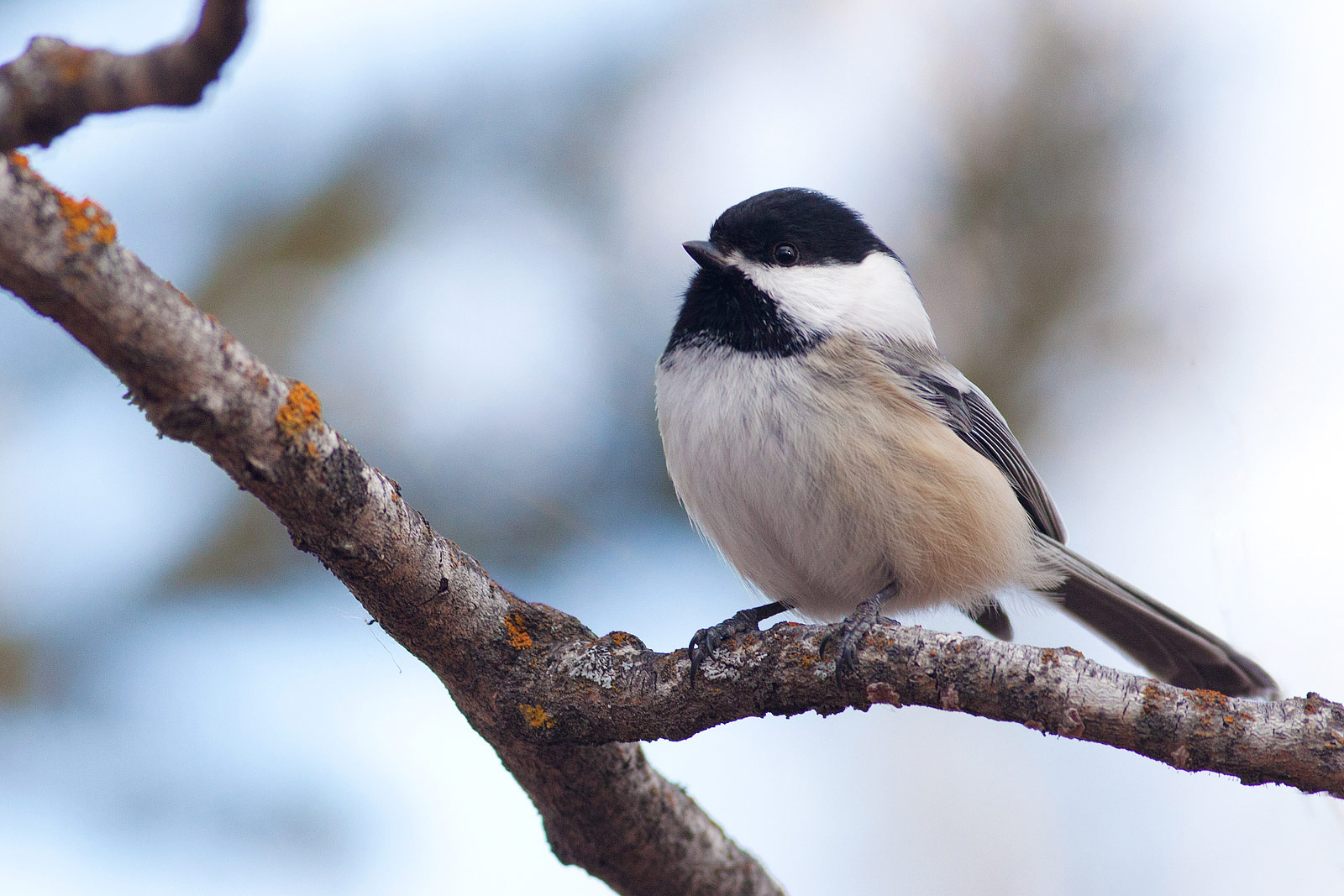
Since birds are shy you'll want a lens that allows you to photograph them from far away. If you're going by focal length 300mm or more will work. Practice photographing a friendly species (e.g. chickadees or sparrows) until you're confident in your gear and camera settings.
-
Get sharp
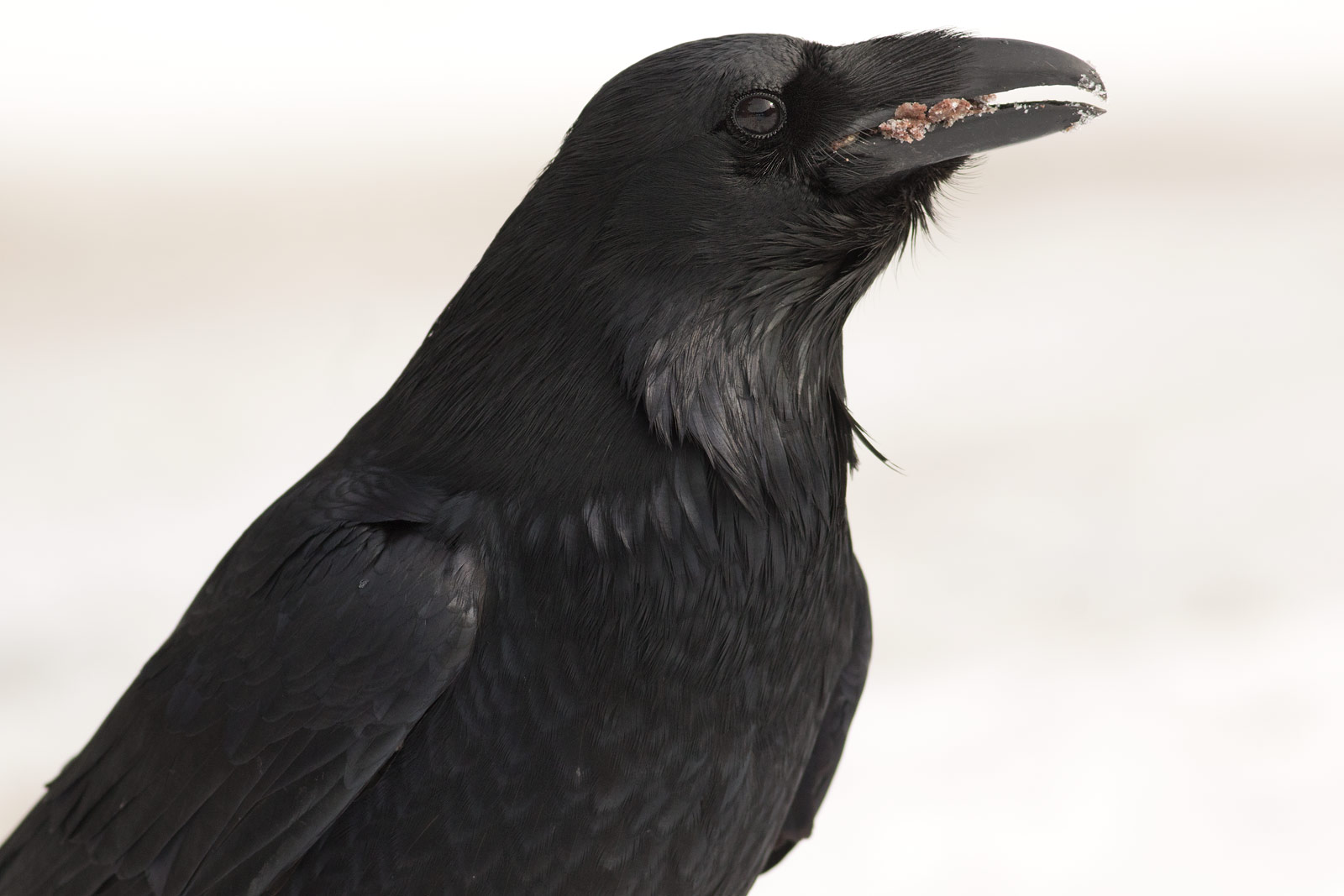
Setting your camera's ISO to a high value (e.g. 800) will make learning easier. If you can consistently capture subjects in focus you're on your way to greatness. Fence posts, walls, tree stumps or the ground itself can also be used to steady a camera. If you're still seeing some blurriness try a tripod or bump up your ISO further.
-
Learn light
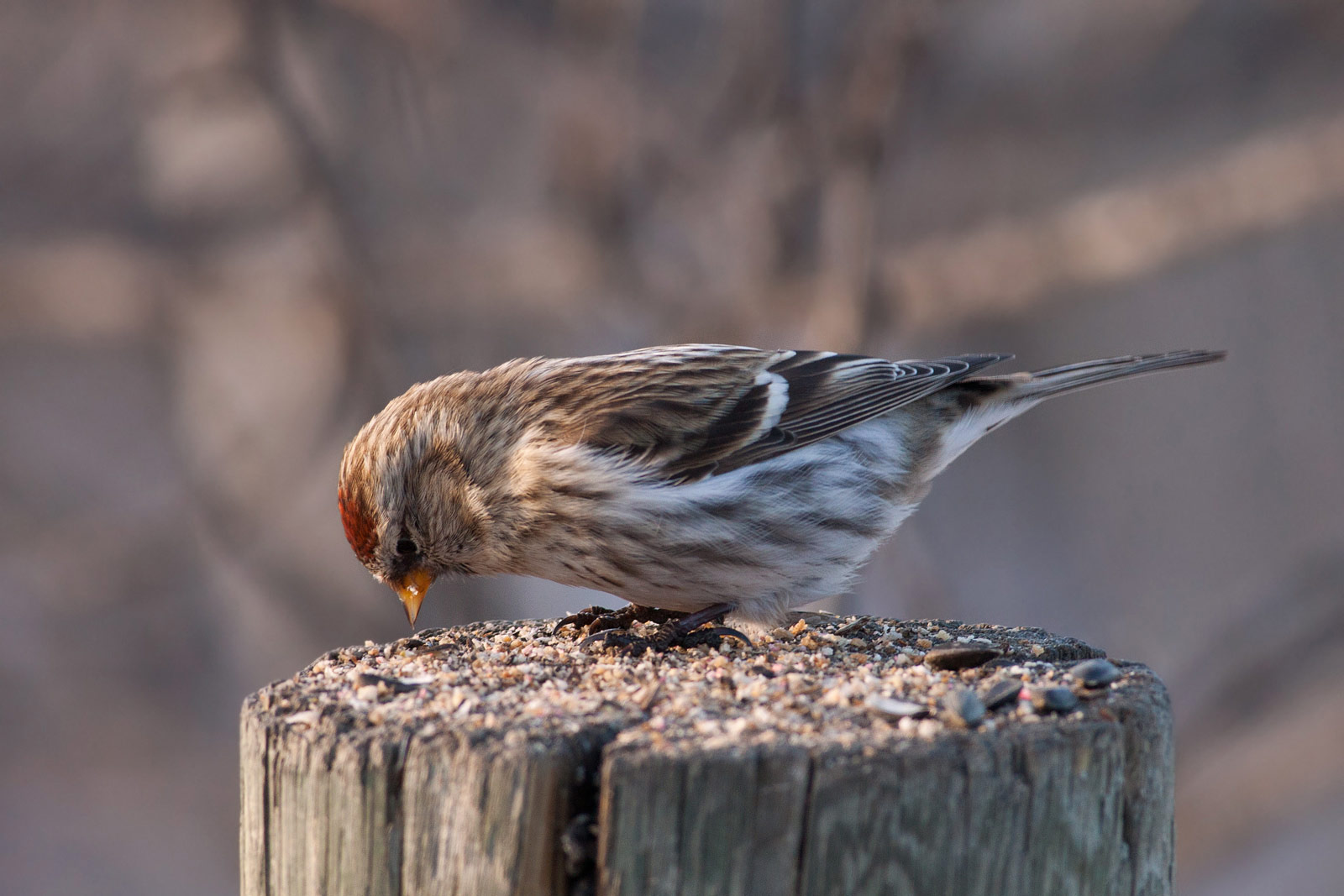
To start with, keep the sun behind you when you shoot. This is the easiest approach and has the fewest problems with exposure and colour saturation. Side lighting can produce better 'modelling' (three-dimensional forms) however it's prone to harsh highlights and shadows. Bright sunny days are ideal; even a skilled photographer struggles in dim cloudy weather.
-
Compose
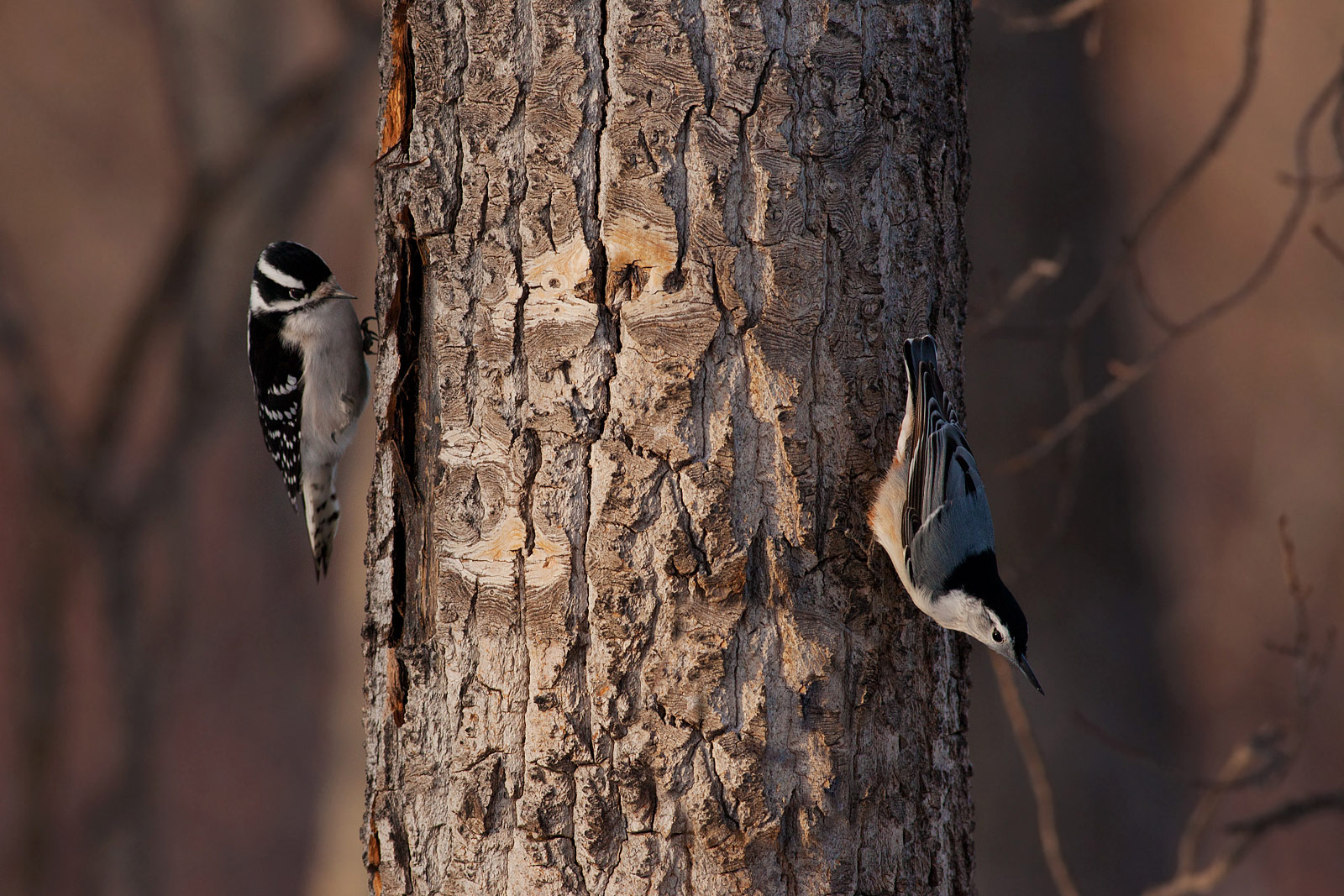
The amount of studying and practice needed to understand composition is immense. Better compositions in bird photography can happen simply by deciding not to centre focus every shot. When you spot a bird, try capturing five unique pictures instead of capturing the same picture five times. Pick out the most interesting shots and delete the others.
-
Post-process
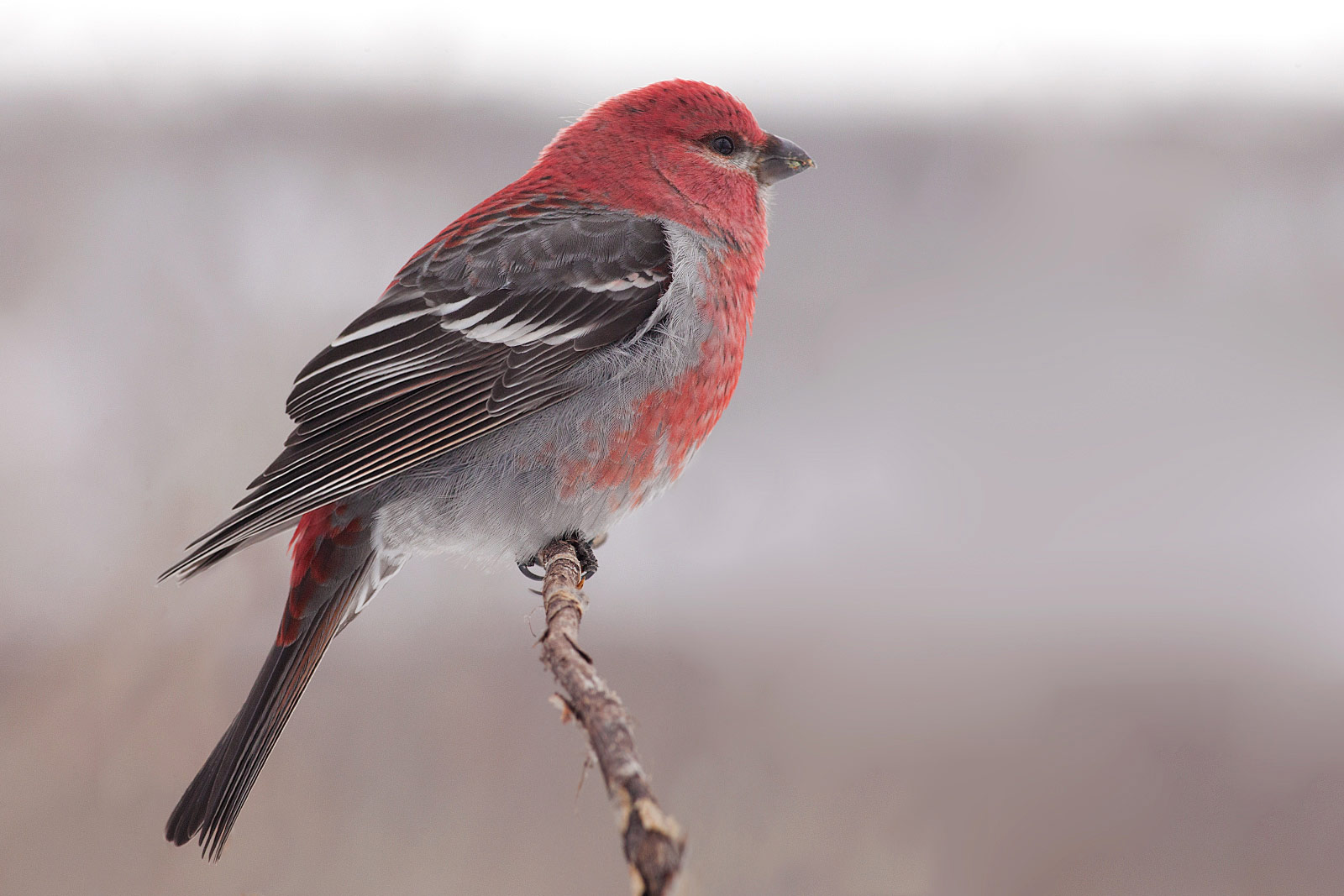
Cropping, sharpening, and colour corrections are just a few of the ways the pros will improve their photographs. Look at it this way: you can spend tens of thousands of dollars on gear or get the same benefits with Photoshop for hundreds of dollars. Photoshop is like having the world's best camera in your bag.
-
Be ethical
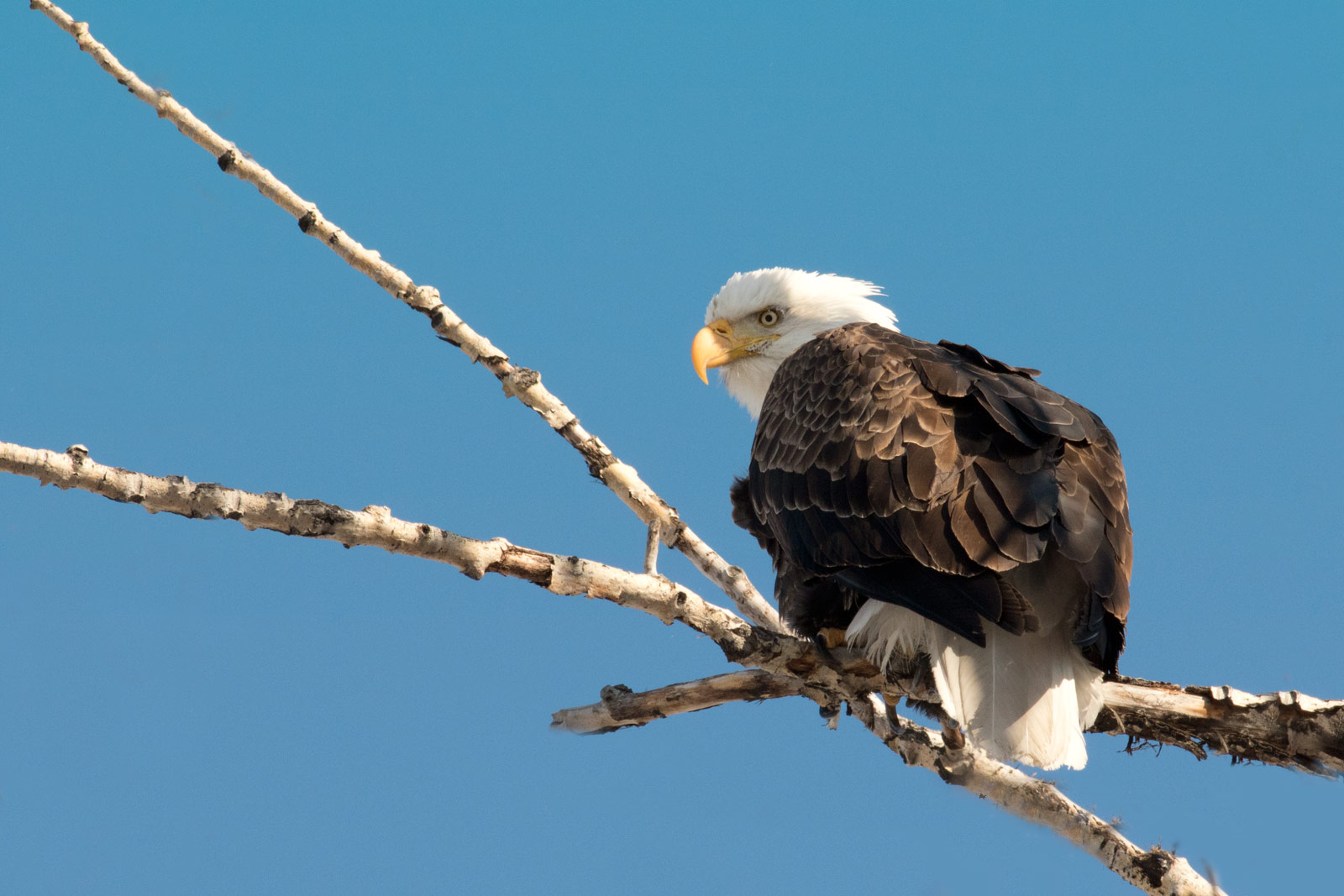
After repeatedly trying and failing to photograph a species, it’s natural to want to persuade them to approach us. Research shows that the only risk to using a backyard feeder for attracting songbirds is perhaps making them an easier target for cats or birds of prey. However, baiting predators such as eagles or owls will quickly habituate them and likely lead to their death. No image is worth more than the subject and its welfare.
-
Keep it simple

I use a Canon 7Dmkii camera and a Canon 400mm f5.6 lens. My setup is middle of the road in terms of cost but I'm happy with it because it's so simple. I set the camera to AV mode; get the aperture as low as possible (5.6 in my case); and adjust the ISO to conditions. My target is ~ 1/1000 shutter speed which I can hold steady.
It's very easy to spend lots of money on camera gear. I think a good analogy is baking: if your cookies don't taste very good, spending $1000 on a mixer probably won't fix the root cause of your problem, and you won't learn from the experience. With technical advancements it's feasible to take great pictures with an affordable kit.


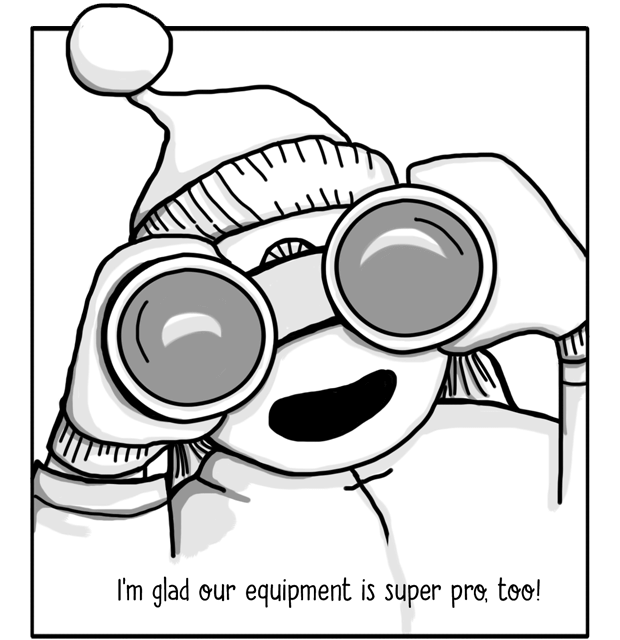
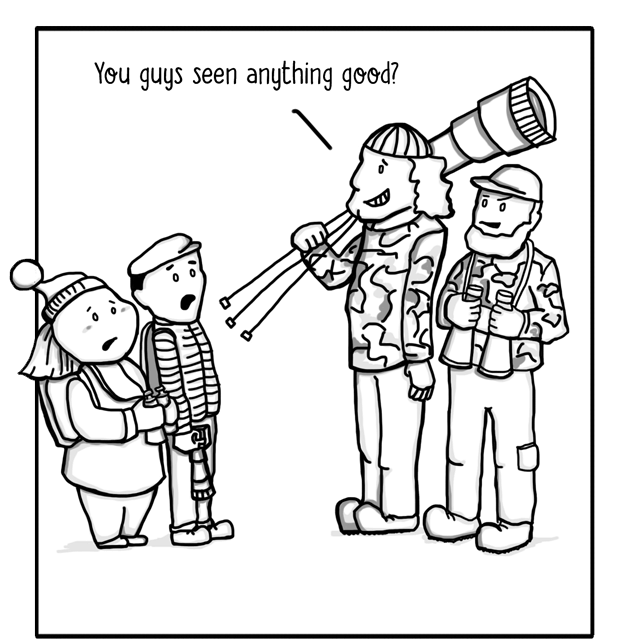
Closing thoughts
Does a photographer need top of the line equipment to produce great bird images? Nope, the good news is that you don't need a caribou-sized lens for birding! A DSLR and telephoto lens are nice but even a point and shoot will add a creative aspect to your adventures!